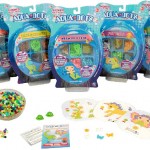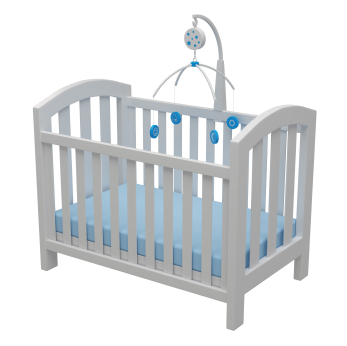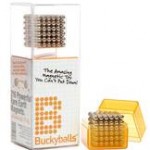
You may remember that 2007 was called, “The Year of the Recall.” Among the many recalls for lead in toys and children’s jewelry and cribs for faulty hardware, one recall that November got everyone’s attention. It was perhaps one of the most unsettling and unusual recalls ever – a child’s art set was recalled because the tiny beads were coated with a substance that, when it came in contact with water – an important part of the play pattern – became what is commonly referred to as the ‘date-rape’ drug or TMG.
Today, CPSC announced a $1.3 million civil penalty against Spin Master for that product Aquadots. CPSC staff alleged that Spin Master knowingly failed to report the defect and hazard associated with Aqua Dots to CPSC immediately, as required by federal law. The settlement also resolves CPSC staff allegations that Spin Master knowingly imported and sold Aqua Dots, which were toxic and a banned hazardous substance, in violation of federal law.
The settlement document illustrates that there were more incidents and injuries than initially reported in the recall release and that the danger was known at least a month prior to the recall announcement. Given that some recalls take years, that might not seem like long, but the consequences to a child and the likelihood a child would be injured were great.
This is the second large penalty recently announced. We are glad to see CPSC using this tool to send a message to manufacturers that they are responsible for the safety of their products and for taking quick action when a hazard comes to light. As Chairman Tenenbaum said today, “To have a toxic chemical on a toy that sends children into comas is one of the most serious violations as Chairman of the CPSC.”
We are following up with CPSC with a Freedom of Information Request (FOIA) to get answers to some questions raised by this announcement. Here’s what we want to know:
- How many children do we know were injured? It is clear CPSC did not have all the incident data at the time of the recall.
- What is the second product mentioned in the report — made in the same factory and also involving injuries? Was it sold in the US? Will it be recalled?
- How was this product tested that an animal test for toxicity found it to be non-toxic?
- And finally, how effective has the recall been? How many products might still be out there in some family’s arts and crafts cupboard?
We’ll let you know what we learn.


